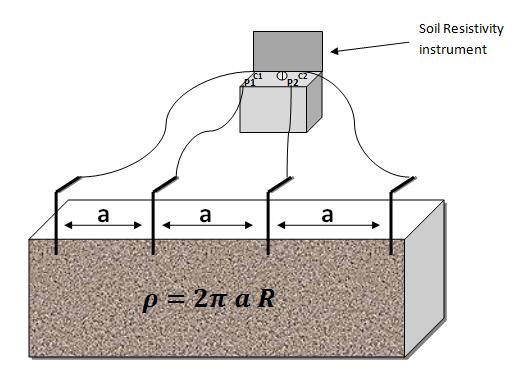Material Development to Reduce Ground Resistance

To ensure the electrical system functions properly, it’s important to have low impedance in buried grounding system. When designing and installing electrical power systems, proper grounding is not just a luxury, but a necessity. All good grounding systems should provide a low impedance path for fault and lightning-induced currents to enter the earth. More specifically, a properly installed grounding system not only helps safeguard buildings and equipment, but also protects human beings too. Though the overall effectiveness of a buried grounding system depends on many factors, the soil resistivity is the single most critical factor in electrical grounding design. Good soil models are the basis of all grounding designs and they are developed from accurate soil resistivity testing.
Objectives:
The objective of the earthing system is to disperse the flow of charge to the soil masses as fast as possible. The efficiency of a lightning protection system is strongly dependent on the performance of the earthing network. Therefore, the main objectives of this research project are as follows.
- To provide an earth resistance considerably less than that is given by the background soil.
- To maintain the low resistance for a long period of time with minimum fluctuation in earth resistance.
- Not react with the electrode material.
- Not be poisonous to the living beings or environmentally harmful.
Expected outcome:
- Develop a low cost material to reduce Grounding resistance.
- Usage of the developed material in areas of poor soil conductivity to improve grounding effectiveness.

